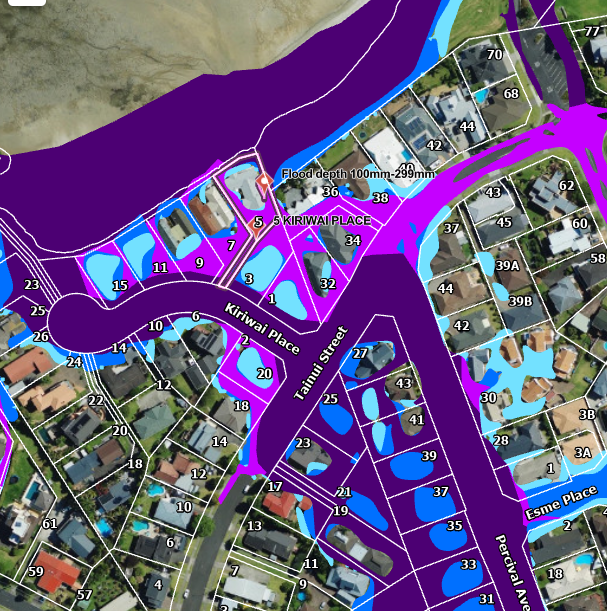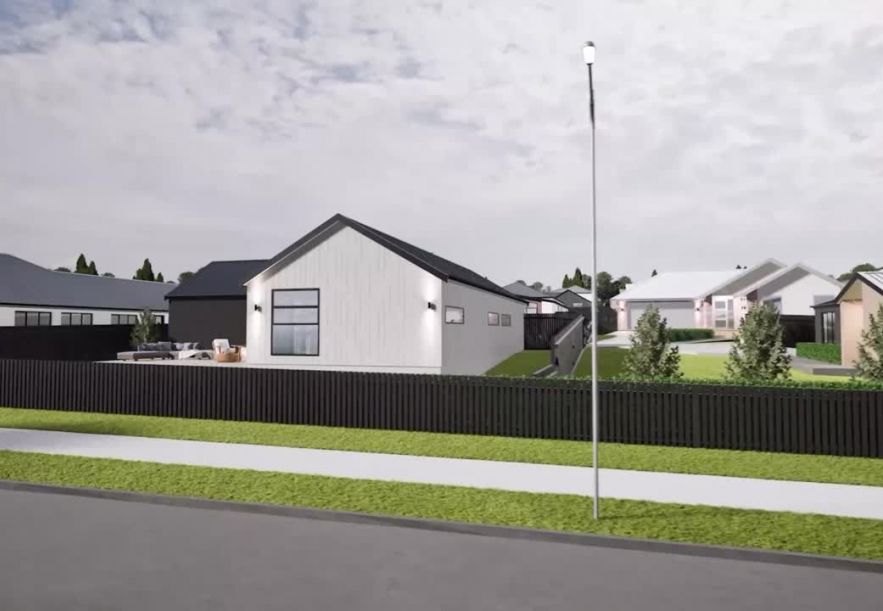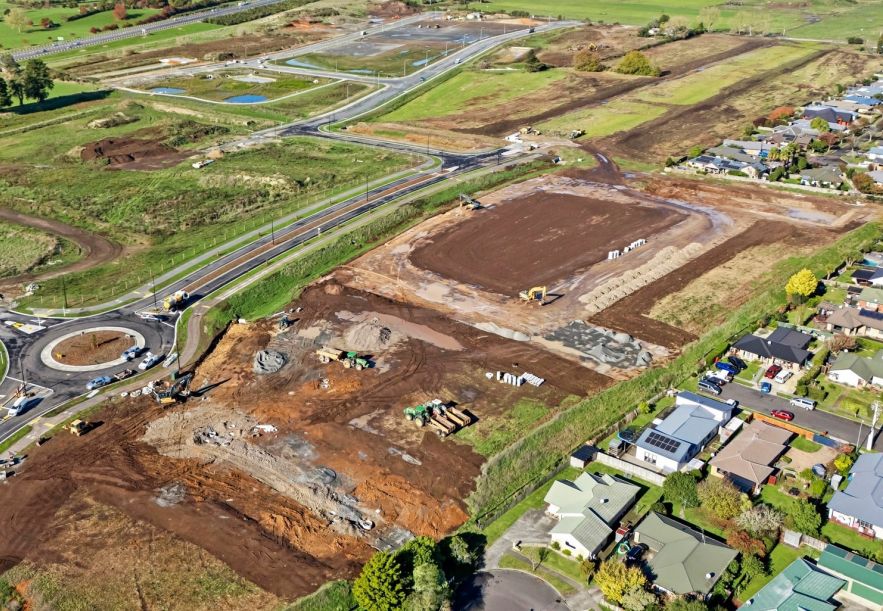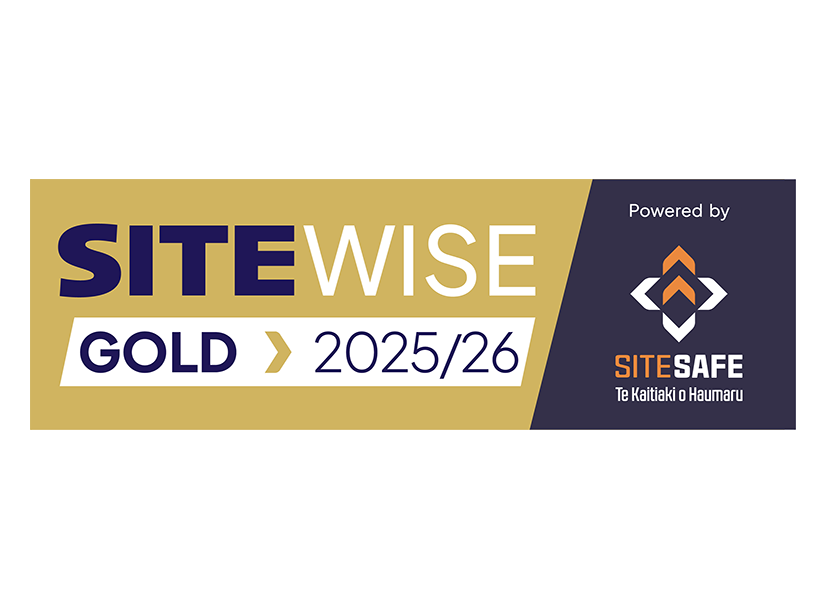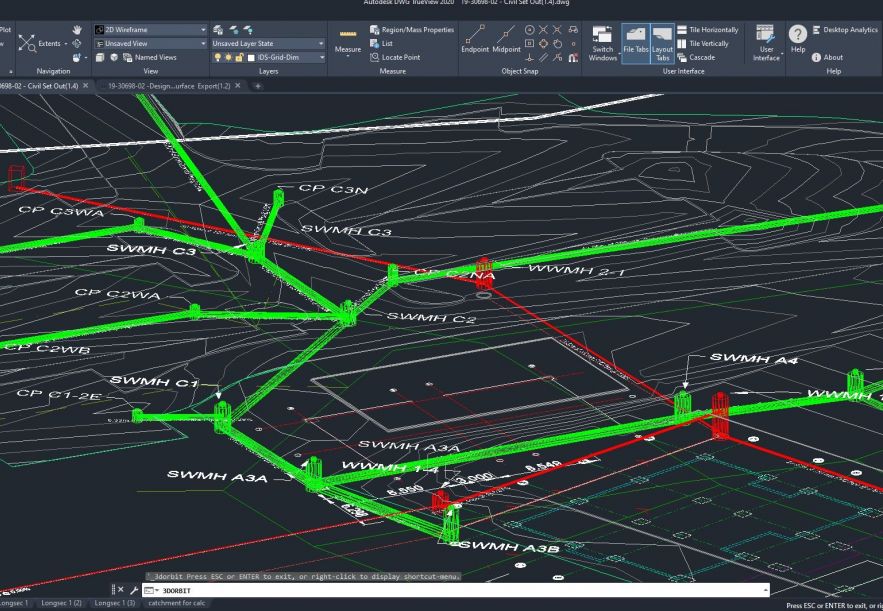Understanding and Managing Your Property’s Flood Risk Through Flood Modelling
According to Ministry for the Environment - Manatü Mö Te Taiao, many of New Zealand’s towns and cities are affected by flooding from rivers, lakes, overland flow, the sea and in some cases, a combination of all these.
Too many property owners have experienced this firsthand.
But how do you know if your property is at risk, and more importantly, how can flood modelling help you understand, mitigate, and manage that risk?
Is my property at risk?
Check the council files for property information - a property’s LIM report is a good place to start. In it, you can see if the house has been identified by council as being at risk to natural hazards, including flood. Alternatively, most council websites now have flood maps, along with other helpful property data and insights.
Determining the risk
-
Assessing risk and the potential consequence of risk can be complex. This is likely where we can step in to help, as Civil / Environmental Engineers.
-
What is the level of consequences of a flood?
-
What is the likelihood of a specific flood event occurring?
-
What is the risk level, given both the consequences and likelihood?
-
What flood depths and velocities could affect your property during different storm events (e.g. 1-in-100-year floods)?
-
How likely is flooding from different sources (rivers, overland flow, blocked drains, sea level rise)?
-
What are the potential consequences - structural damage, loss of access, or risks to safety?
-
How does climate change (e.g. increased rainfall intensity, sea level rise) alter the risk over time?
-
What next?
By combining likelihood and consequence, flood models produce a quantified risk profile that can guide planning, insurance, and mitigation. This also allows property owners to compare risks between sites or assess changes after land development.
Managing flood risk
Mitigating and managing flood risk involves a combination of structural measures (like flood walls and elevating homes), non-structural measures (such as land-use planning and community education), and property-level defences (improving site drainage, elevating homes, flood-resilient design.) to reduce potential damage and protect lives.
The requirements are very much site specific and can only be confirmed following a detail assessment.
Managing present-day and future risk from flooding involves a combination of risk-avoidance and risk-reduction activities. The treatment options could be a combination of avoiding risk where possible, controlling risk through structural or regulatory measures, transferring risk through insurance, accepting risk, emergency management planning, warning systems, and communicating risk (including residual risk) to affected parties.
The best combination will consider the needs of future generations and not lock communities into a future of increasing risks from flooding.
What next?
If you’re concerned about flood risk on your property, flood modelling is the best way to get a clear, site-specific picture. It takes the uncertainty out of decision-making and helps you plan cost-effective, resilient solutions.
Contact us today for a flood modelling assessment to better understand and manage your property’s flood risk.
